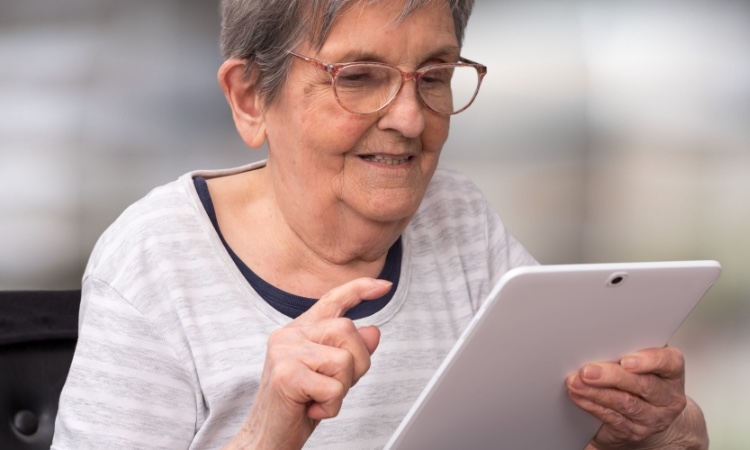
Technology in Senior Care
By CarePatrol of Western Michigan-Grand Rapids East
Technology has begun to make the world a smaller place. Today, social media platforms, email, and smart phones make it easy to stay connected with society. Wi-Fi is available just about everywhere. With that has been the advent of wearable technology, with applications in everything from fitness to medical scanning.
One area that has seen incredible growth is the use of technology in senior care. One of the first things most people encounter when dealing with this new digital frontier, during both in-patient and out-patient care, is the many new tools a doctor has to measure outcomes 24/7 and take real-time measurements.
A great example is how heart monitors now send data through a cell phone to a physician’s computer, which creates better health outcomes for patients’ post-surgery. Similar advances have been made in glucometers. This data can all be aggregated to provide valuable data that enhance the continuum of care.
We have in the United States an expanding population of aging individuals, which coupled with financial difficulties and a shortage of home caregivers means many will be unable to remain in their homes. It is this fundamental problem that is forcing the senior care industry to embrace technology, and with it, the traditional problems of an industry trying to adapt to the times.
There is frankly a large demand and a lack of fully integrated systems able to take full advantage of these new treatments. The good news is that many assisted living facilities are beginning to adapt and are taking advantage of, for example, electronic medical administration records, or E-MAR’s. There are many providers of this service, and most allow for increased accuracy in medication administration and can better reflect the doctor’s instructions better than outdated paper records.
Additionally, these electronic records track more data that allows the care team to better understand the patient they’re treating. Another additional benefit to senior care is the advent of wearable technologies. Not only can they monitor heart rate and level of activity, they can also act as a location beacon. As certain individuals with dementia may be a wandering risk, and could potentially get themselves in trouble or injured.
Until recently, the only electronic tool for facilities to use were proximity bracelets and pendants that would set off an alarm if a person got too close to the doors. If the patient somehow was able to get out, a search would be difficult. Now, it is possible to use GPS to find those patients and bring them back home.
The advent of the digital transformation in our economy and the role of technology in our daily lives means there are expanding options to care for our aging loved ones. The issue truly is how to address access concerns and how to bring the costs down so all facilities are able to take advantage of these technologies. It is a question the industry will continue to ponder, and to make strides toward answering, so that our loved ones are given the best possible care in their senior years.